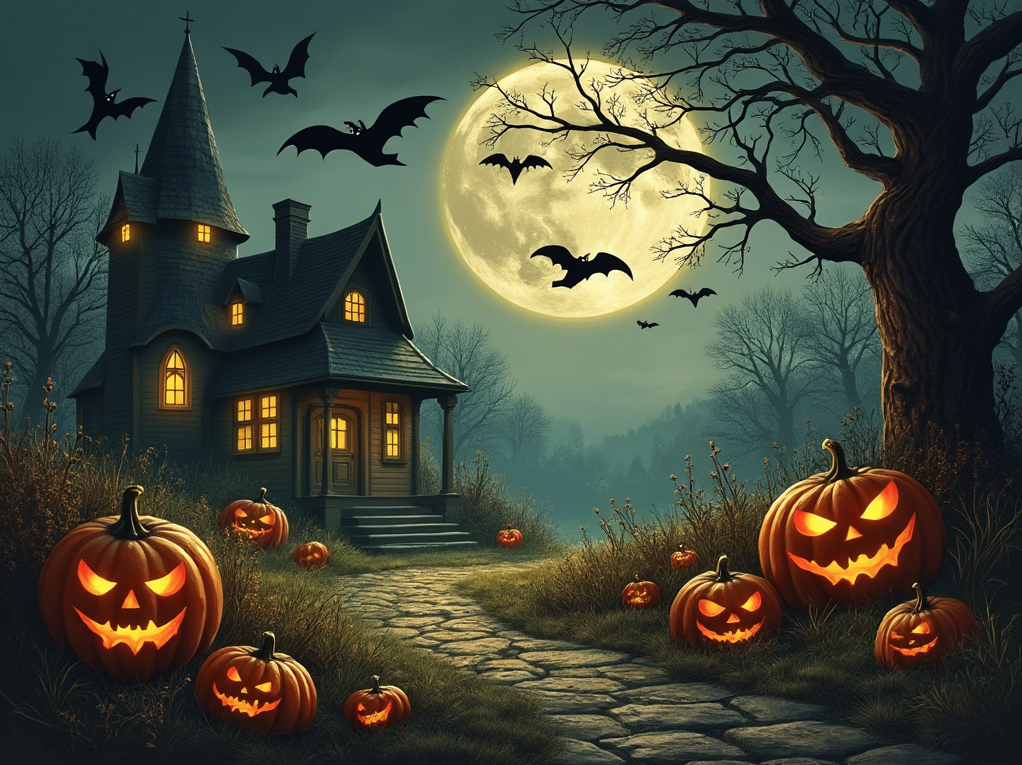The name Halloween comes from the Scottish words “hallow” and “een” which means saint or holy person. Christians called October 31st “All Hallows Eve” which is the day before All Saints Day which was designated by Pope Gregory III to honor all saints, known and unknown. While the name itself is rooted in Christian tradition, the customs and practices associated with Halloween came from pre-Christian origins. This blending of pre-Christian and Christian elements contributes to the holiday’s unique character today.
In colonial New England the earliest celebrations of Halloween in were brought by the Scottish and Irish immigrants, however, the strict Protestant belief systems of the Puritans meant that Halloween was not widely celebrated. Halloween and the activities were viewed as pagan. The southern colonies, however, were culturally diverse and Halloween was more openly celebrated incorporating elements of harvest festivals.
During the 19th century, Irish immigrants fleeing the potato famine introduced more evolved celebrations which were community events, storytelling, and parties. Over time many cultural influences helped to shape what Halloween is today in America. The Irish and Scottish contributed to the tradition of carving faces into turnips and later in America, pumpkins were used which led to the jack-o-lantern. The British brought their influences of playing pranks on people. Native Americans and Africans have strong beliefs and traditions of honoring the dead.
By the early 20th century Halloween started to lose its religious and cultural stigma and became more of a community and neighborhood event. Schools and towns began to organize parties and events and the practice of trick-or-treating became more widespread. Early on it was more about playing pranks or “tricks” if treats weren’t provided. This was partly an effort to curb vandalism and mischief that often occurred on Halloween night. Costumes became more sophisticated and detailed.
The 1950s and 60s saw the commercialization of Halloween with the mass production of costumes, decorations, and candy. This period also saw the rise of Halloween-themed parties for adults and haunted houses.
By the 1970s and 80s, there were concerns about the safety of children, leading to “stranger danger” fears and the practice of organized, supervised trick-or-treating events or “trunk-or-treat” in parking lots. Halloween in America was also influenced during this time by movies, television, and literature. Characters from popular culture, not just traditional ghosts and witches, became common.
Halloween has grown into one of the biggest commercial holidays in America with the amount of dollars spent on decorations, costumes, and candy.

